Maintaining the vast London Underground network of 270 stations and 250 miles of track requires a host of Transport for London (TfL) departments working together as part of a huge logistical operation.
One of those departments is West London-based Vehicle Logistics, which provides hundreds of vehicles to take engineers and other skilled workers and equipment to jobs at different stations throughout the capital, mostly throughout the night when the sites are closed to the public.
The 800-strong fleet is predominantly made up of vans, but also includes 20 heavy goods vehicles (HGVs), a small number of cars and around 10 fire engine-type vehicles which respond to emergencies or train breakdowns. For example, they were among the first responders to the Croydon tram crash in November 2016, in which seven people died and more than 60 were injured.
The fleet is used to maintain TfL’s infrastructure, including the London Underground, trams, overground lines and the Elizabeth Line, due to open later this year (May).
Its refuse collection trucks play a vital role, as fleet compliance manager Tim Dawes explains:
“Collecting rubbish from every station is a vitally important job. If we don’t collect it on time, then it becomes a fire hazard and stations can be shut down.”
Other HGVs within the fleet are used to transport large underground train-related items, such as wheel sets that require workshop attention.
Maintaining the vast London Underground network of 270 stations and 250 miles of track requires a host of Transport for London (TfL) departments working together as part of a huge logistical operation.
One of those departments is West London-based Vehicle Logistics, which provides hundreds of vehicles to take engineers and other skilled workers and equipment to jobs at different stations throughout the capital, mostly throughout the night when the sites are closed to the public.
The 800-strong fleet is predominantly made up of vans, but also includes 20 heavy goods vehicles (HGVs), a small number of cars and around 10 fire engine-type vehicles which respond to emergencies or train breakdowns. For example, they were among the first responders to the Croydon tram crash in November 2016, in which seven people died and more than 60 were injured.
The fleet is used to maintain TfL’s infrastructure, including the London Underground, trams, overground lines and the Elizabeth Line, due to open later this year (May).
Refuse collection
Its refuse collection trucks play a vital role, as fleet compliance manager Tim Dawes explains:
“Collecting rubbish from every station is a vitally important job. If we don’t collect it on time, then it becomes a fire hazard and stations can be shut down.”
Other HGVs within the fleet are used to transport large underground train-related items, such as wheel sets that require workshop attention.
HGVs are bought outright and vans are leased from three different suppliers and run for five years. The network has around 4,000 staff who are authorised to drive a vehicle and it’s unlikely the workforce will travel any more than 20 miles in any given night, so mileage is kept low.
Most incidents requiring the compliance team’s attention involve speeding. Telematics analysis found that on many occasions it was because drivers were caught out by new, lower speed limits they were unaware of.
It’s for this reason that the team is having speed limiters installed in a big chunk of its fleet. As Dawes explains: “We’re retrofitting intelligent speed assistance, provided by a company called Sturdy, to 360 of the vehicles. It’s a GPS-based system which limits the vehicles to the road’s speed limit.
“A lot of the London area is now limited to 20mph. Telematics data showed that many speeding incidents involved drivers travelling around 32mph, so it was clear they were trying to stick to a 30mph limit when, in fact, they were in a 20mph limit.”
The system has an override function should a driver need to intervene, perhaps if a map used by the GPS hasn’t been fully updated.
Telematics data is analysed every Monday morning to identify any incidents the previous week. Persistent speeders are likely to be the first to be allocated vehicles with a limiter installed.
Driver reaction
Response from drivers is mixed, but Dawes insists it’s there to help them avoid racking up speeding points and losing their licence.
He says: “We had an issue recently where the Paddington flyover was switched from a 40-mile-an-hour limit to a 30 miles an hour. One of our drivers was unaware of this and unfortunately over consecutive nights he got a series of speeding tickets. One of these vehicles would have helped him avoid that, and he wished he’d had one.”
So far, 330 of the 360 initial vehicles have been fitted with the systems and, funding permitting, Dawes would like to extend it to the rest of the fleet.
Vehicle idling is another area flagged up by telematics, but Dawes would rather get to the source of the problem than come down hard on drivers.
“A lot of our operations are at night when the tube power is off,” he says, “so we found that vehicles idle in the winter because crew members want to keep warm.
"In those situations, we’ve fitted heaters in the vehicles. It helps the workforce and the environment.”
Telematics also helps with vehicle utilisation, ensuring each is used to its maximum potential.
The company operates two systems, NavMan on its van fleet and Masternaut on HGVs, and uses a Microsoft BI power tool developed by its in-house Technology and Data team to merge the data streams.
Data is shared with department managers to show how their drivers fare when compared with other teams.
Online risk assessment
All drivers undergo an online risk assessment before being authorised to drive a vehicle. Those identified as high risk have an assessment with an Institute of Advanced Motorists driver, as do persistent offenders. HGV drivers undergo regular assessments.
The vehicles are fitted with a RFID (radio frequency identification) immobiliser that requires a driver to tap a card on the dashboard before it will start, allowing the team to identify who was driving at any given time.
Based at TfL’s Vehicle Logistic site in Acton, Dawes has been in his role for almost 10 years.
His passion for road safety may be borne from a previous career as a Metropolitan Police officer, latterly working as a detective in the Barnet area after a spell as a traffic officer based at Heathrow.
When we meet in west London, Dawes remembers fondly an encounter with one of the biggest stars from the musical arena. He reminisces:
“I stopped George Michael driving the wrong way down a one-way street around that corner. He was very good about it.”
His approach of having a friendly word with the late singer is one he still takes with drivers today. His motives are genuine: he simply wants to keep them safe on the road.
“We’re not out to punish our drivers; we try and solve problems they may have. Good engineers are hard to recruit and, subsequently, keep, so we want to educate them around driving and encourage good driving, not penalise them.”
After leaving school, Dawes spent six years in the Royal Navy before joining the police.
He first came across his current workplace as a police officer – the site was part of his rounds and he would often pop into the offices for a cup of tea and a chat with staff.
Driving instructor
On retiring from the force, he became a driving instructor when someone he knew told him about about the London Underground compliance role vacancy.
“Although I’d not worked in fleet before, when I was a driving instructor I also worked for the insurance industry on reducing collisions. Despite having no fleet training, I think my life experience made me a suitable candidate.”
Dawes’s approach to driver safety is in keeping with TfL’s own commitments as part of its Vision Zero Action Plan. In 2019, it published plans to reduce speed limits on almost all TfL roads in Westminster to 20mph.
And, in March 2020, TfL introduced a 20mph speed limit on all of its roads within the central London congestion charging zone as part of its Vision Zero commitment to eliminate death and serious injury on London’s roads. This included a new 20mph limit on Victoria Embankment and along the Millbank.
Speed is a factor in around 37% of collisions in London where a person dies or is seriously injured, according to TfL.
Dawes also points to a company policy which states that drivers must not be distracted when using a company wheel, using a mobile phone or eating, for example. Dawes says:
“As a traffic officer I was nearly knocked off my motorcycle by a taxi driver who had a coffee in one hand and a pie in the other, so I’m all too aware of the dangers.”
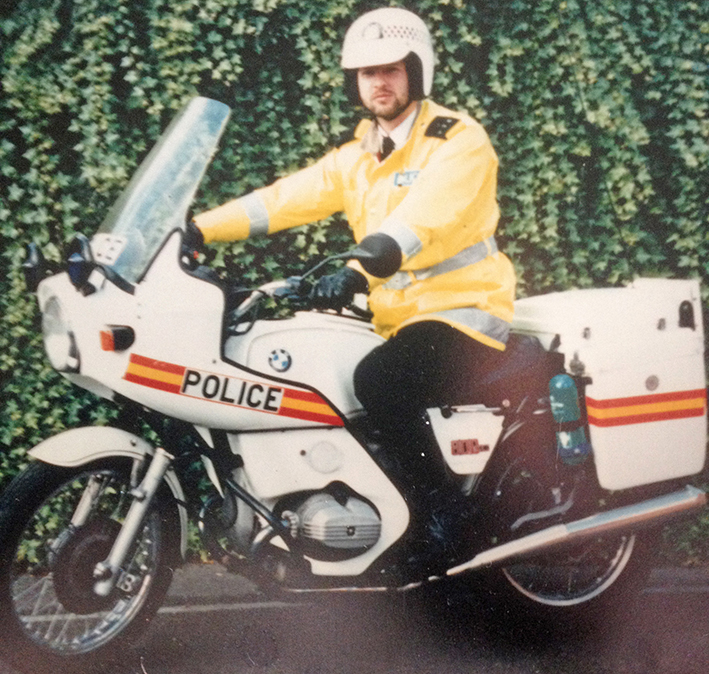
Blast from the past – Tim Dawes in his days as a London traffic cop in the mid-1980s
Dawes on... post-crash analysis
Forward-facing cameras are fitted in all vehicles and Dawes closely scrutinises footage of incidents involving a third party as part of his post-crash analysis.
Even in cases where the TfL driver is not to blame, Dawes will offer advice, explaining how their driving style could possibly have prevented the incident happening.
“I’ll tell the driver ‘if you’d have just eased off the gas for one second, that accident wouldn’t have happened’. It’s not their fault that it did happen, but the other vehicle didn’t come out of thin air,” he says.
How do the drivers react to such advice?
“People hate having their driving criticised, so you have to be diplomatic. But it’s a conversation I will continue having,” he says.
Dawes is clearly passionate about keeping his drivers and other road users safe.
“I care about our collision rates. There used to be a culture of ‘oh, I’ve crashed my van, can I have another one, please’ and we were more of an accident collision processing centre. It’s no longer like that.”
Dawes says there were 680 collisions involving drivers when he started in 2012; last year there were 260.
Login to continue reading.
This article is premium content. To view, please register for free or sign in to read it.



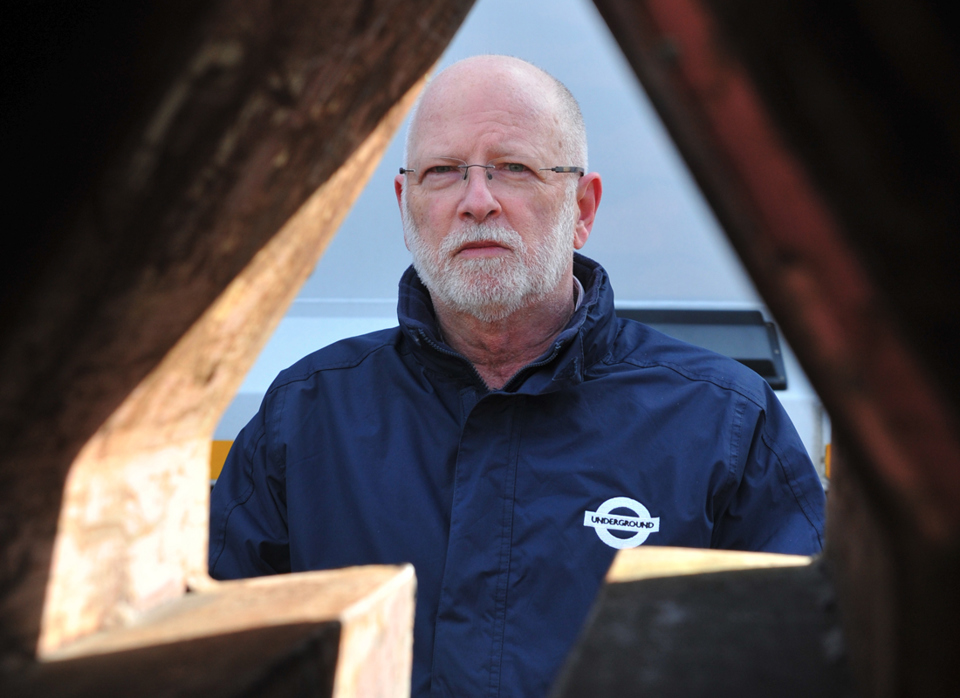
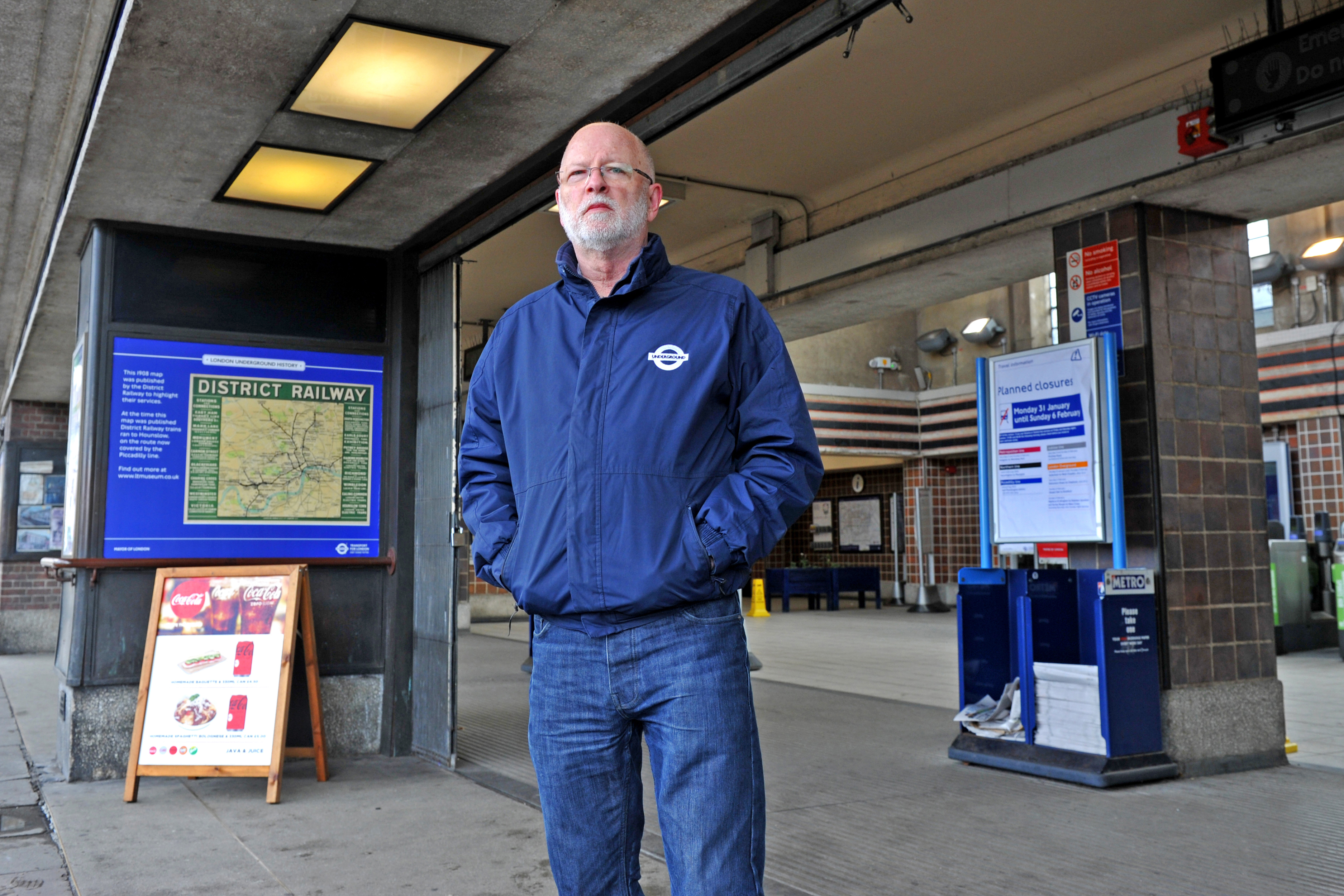
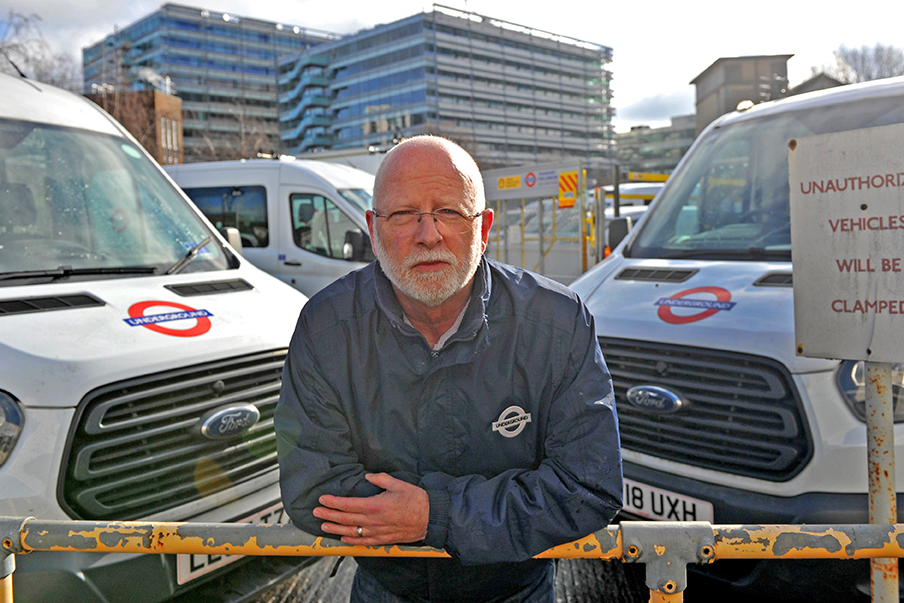

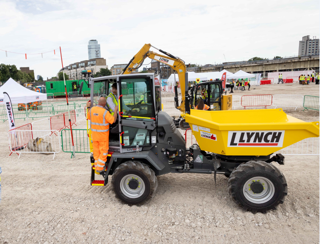
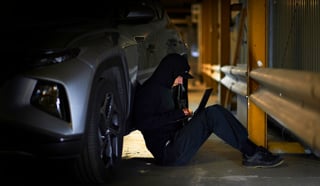


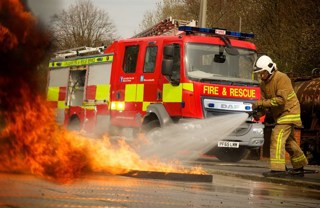









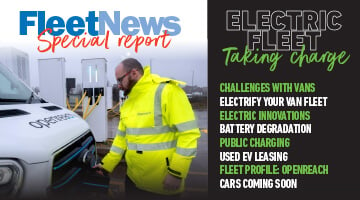


Login to comment
Comments
No comments have been made yet.